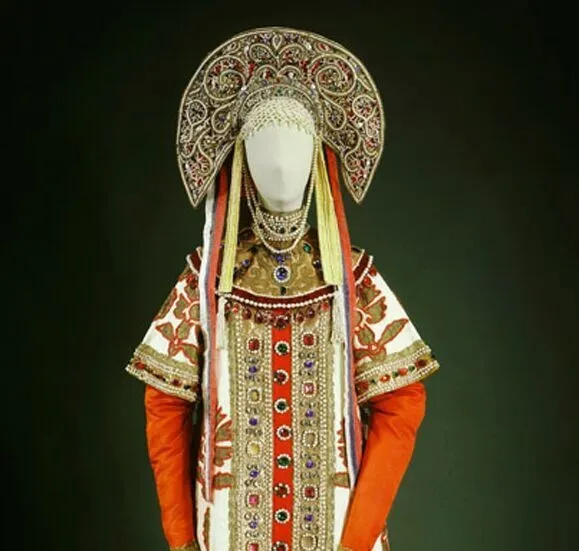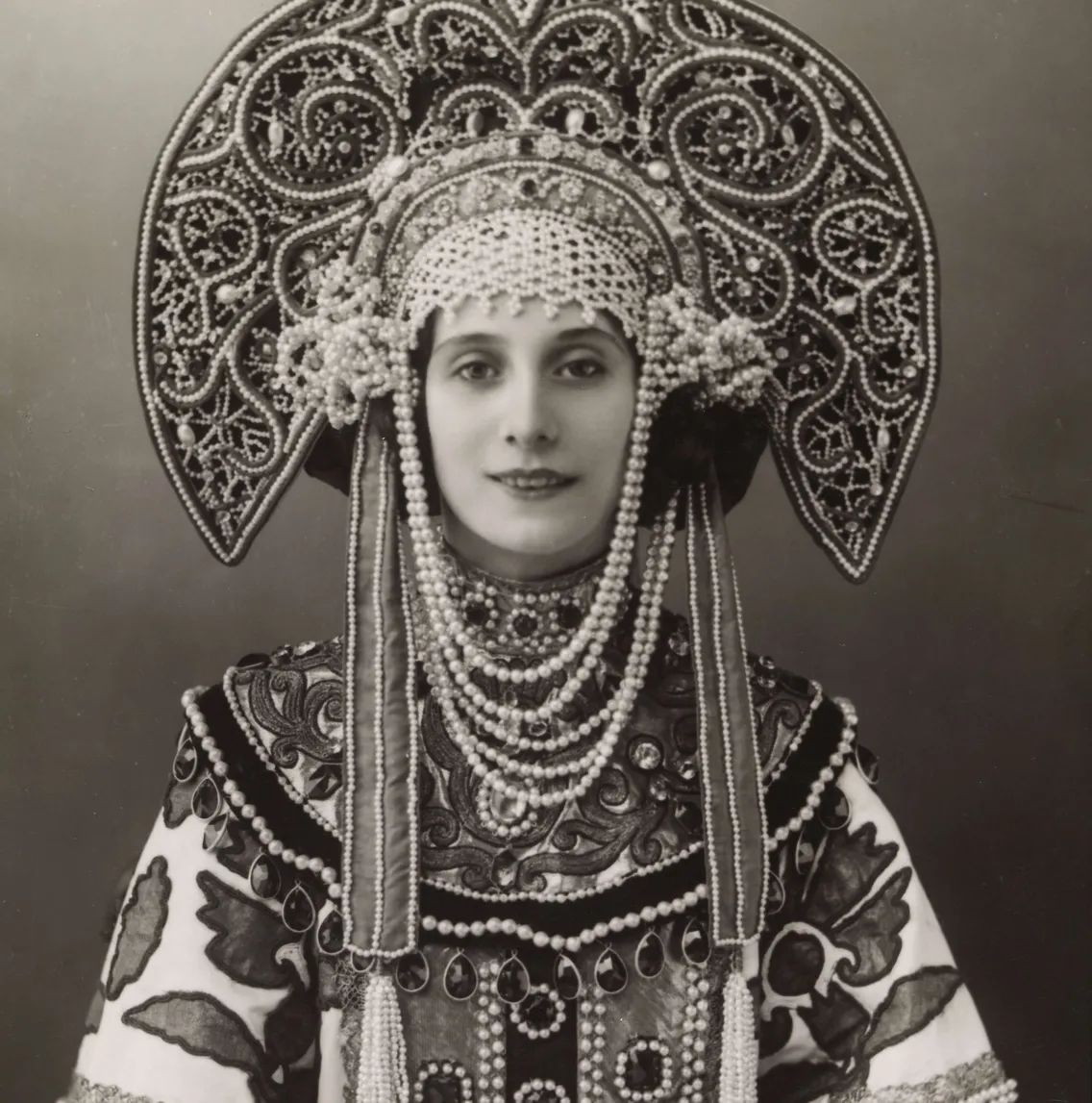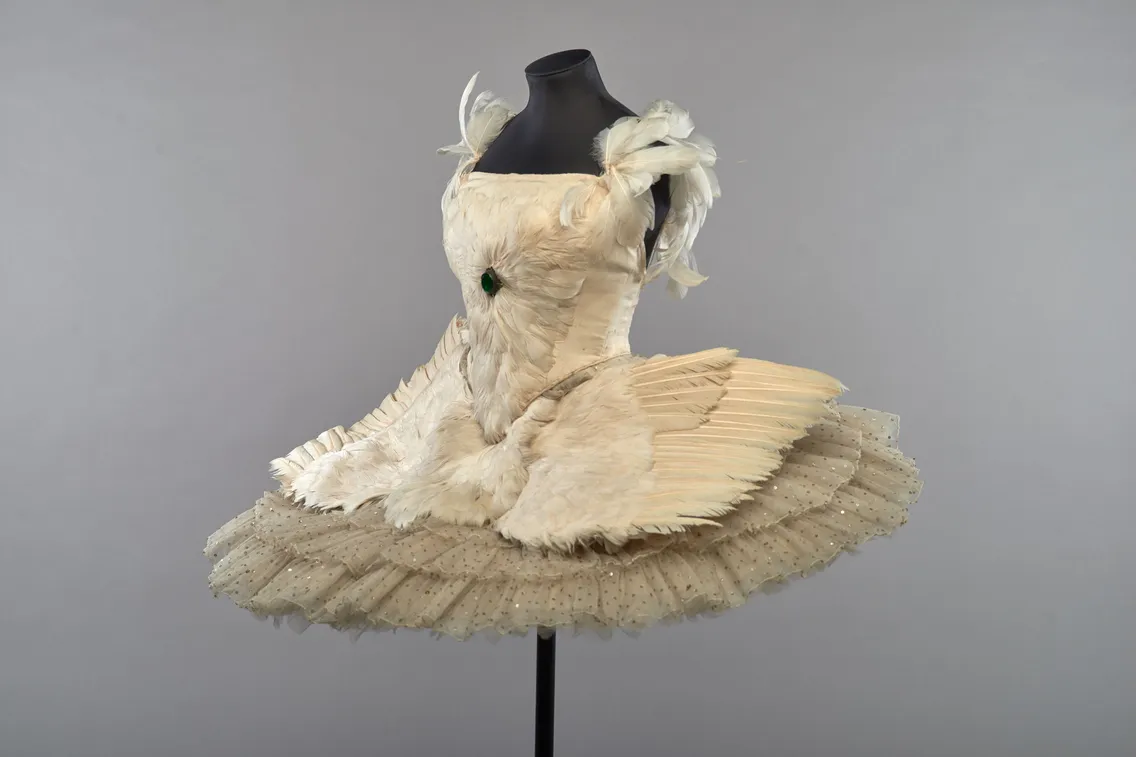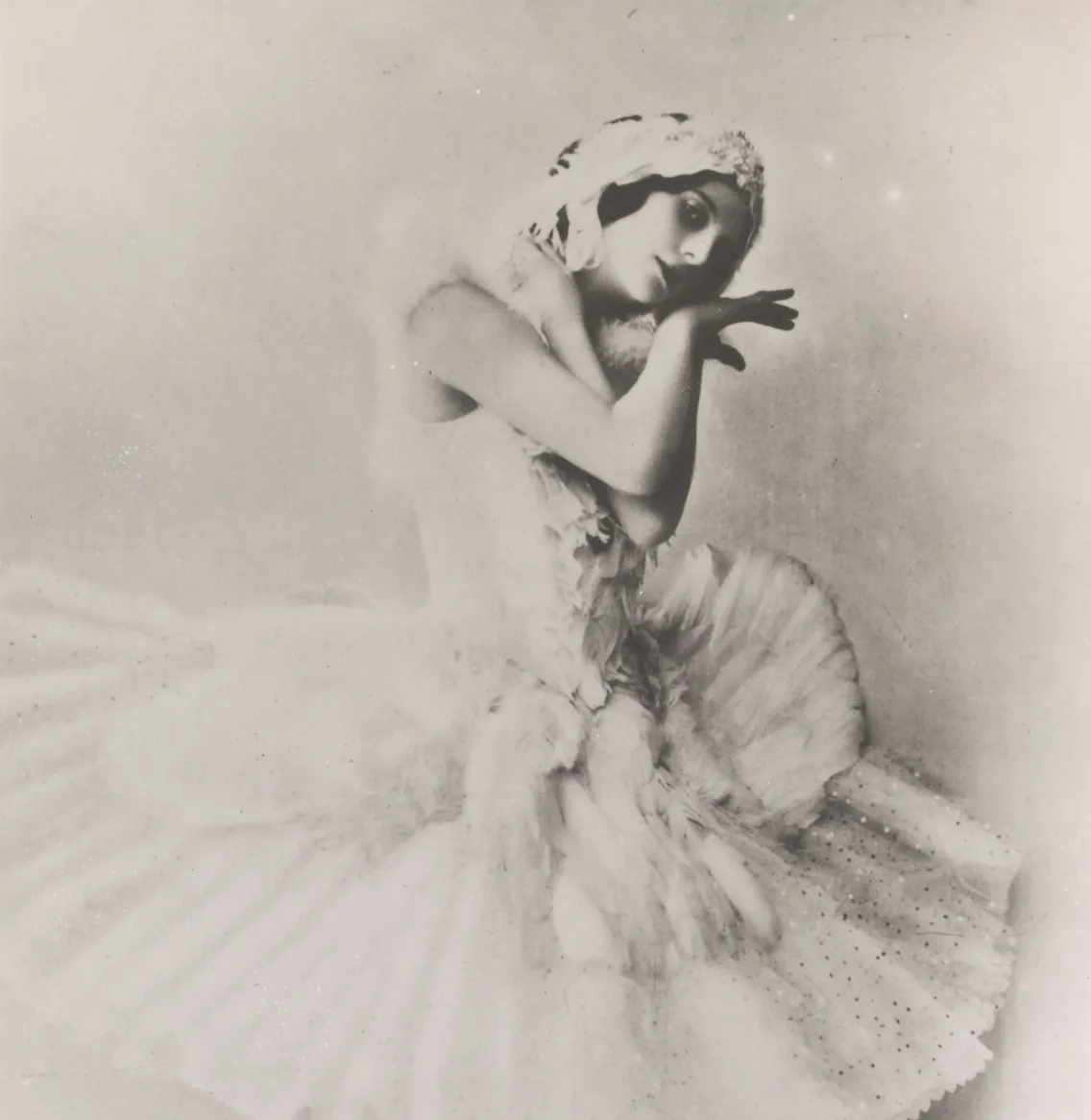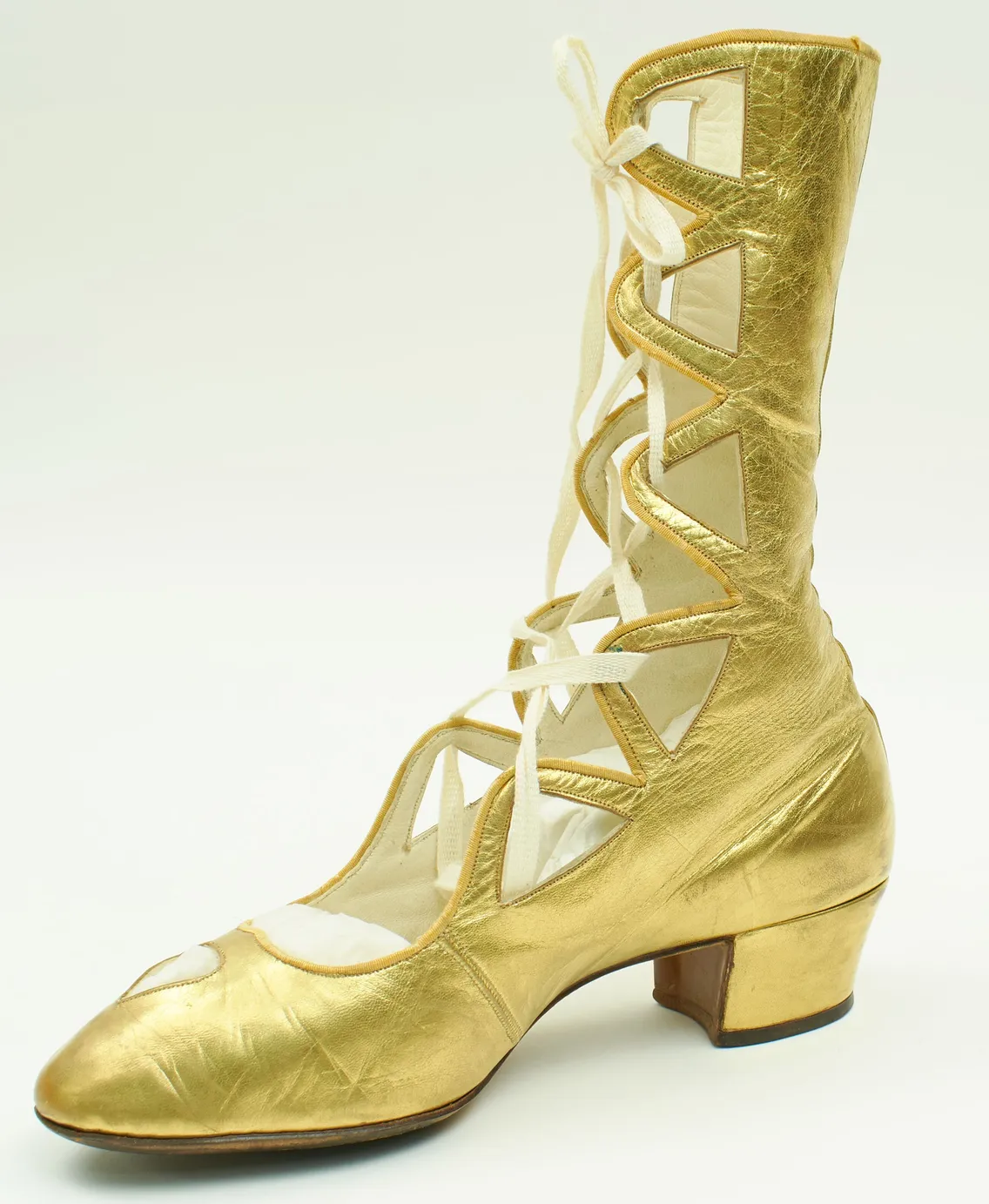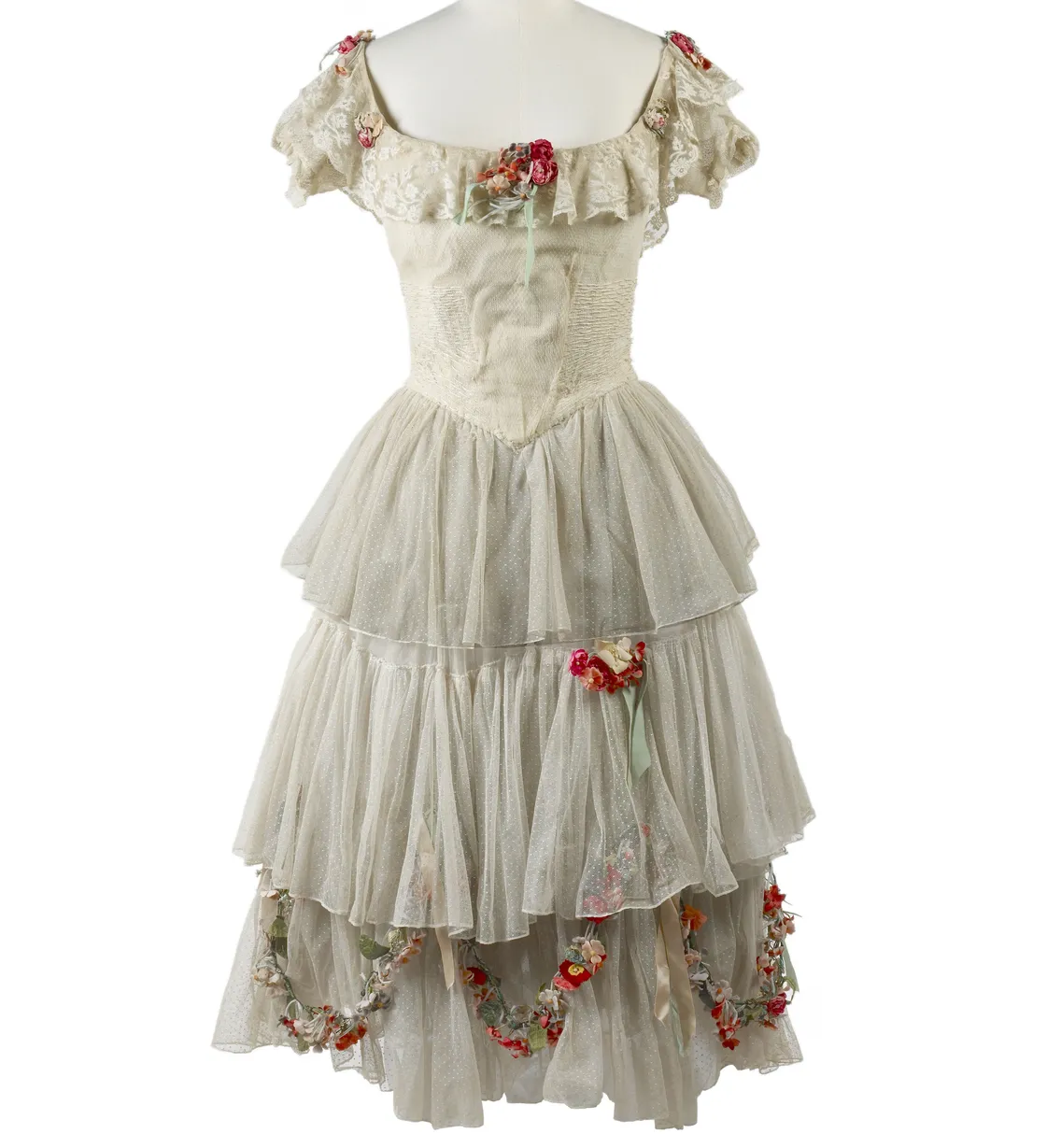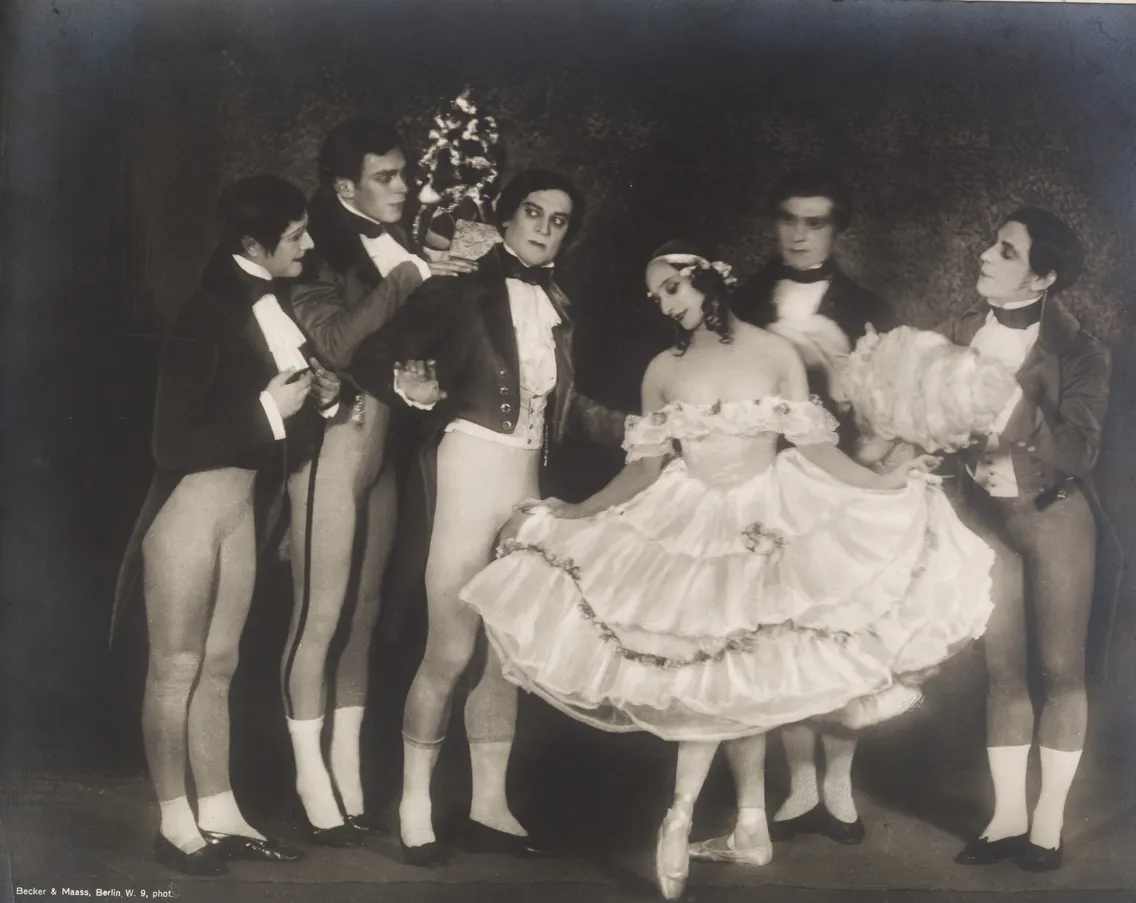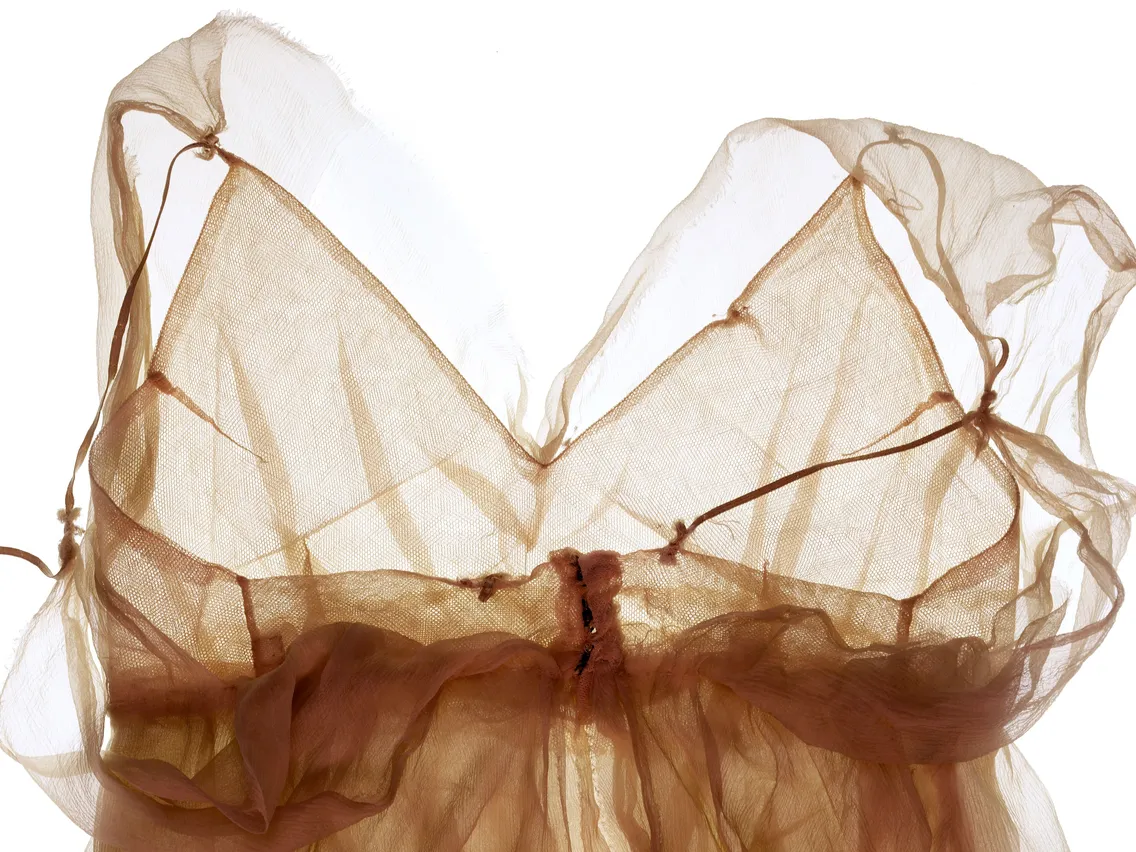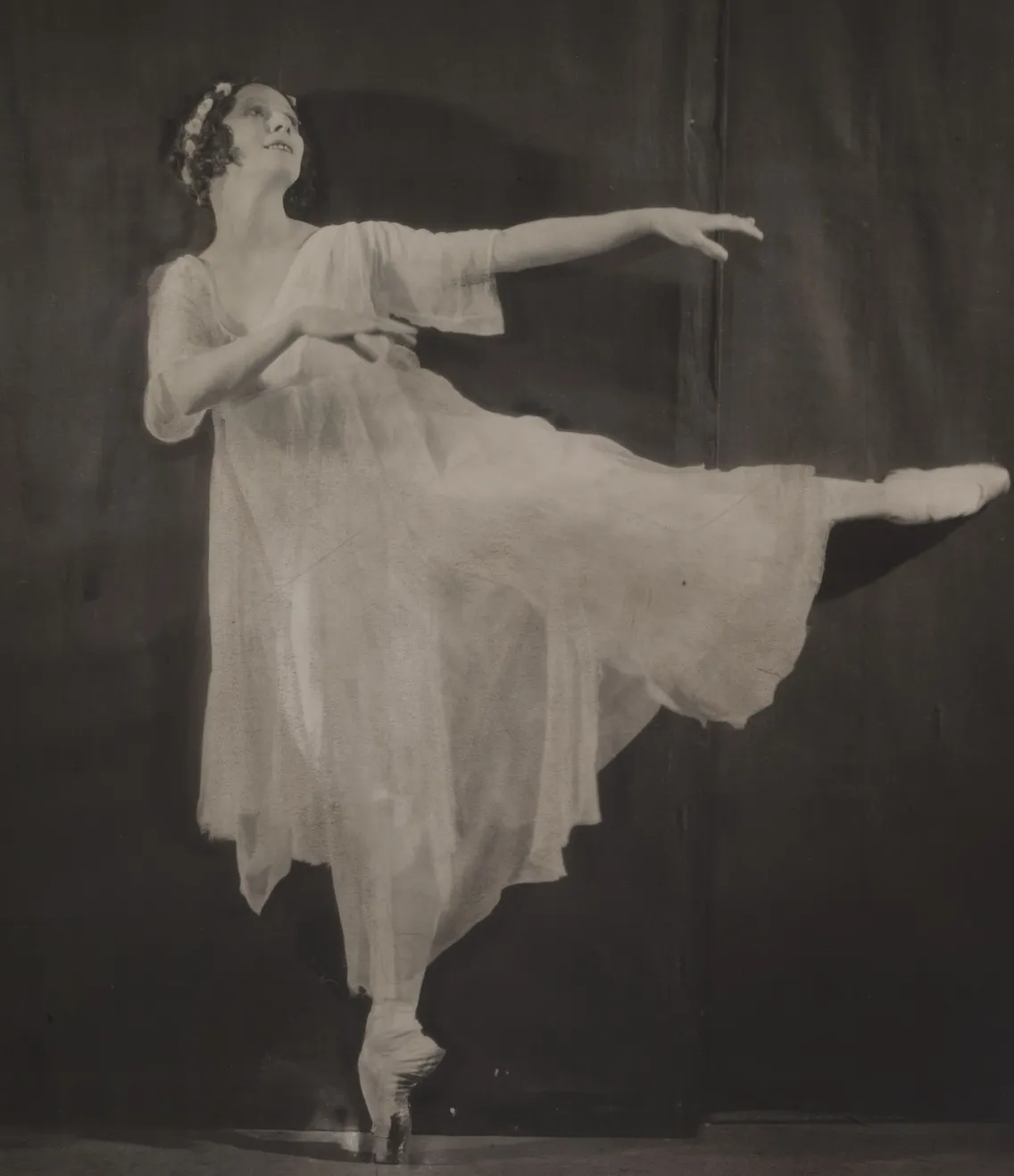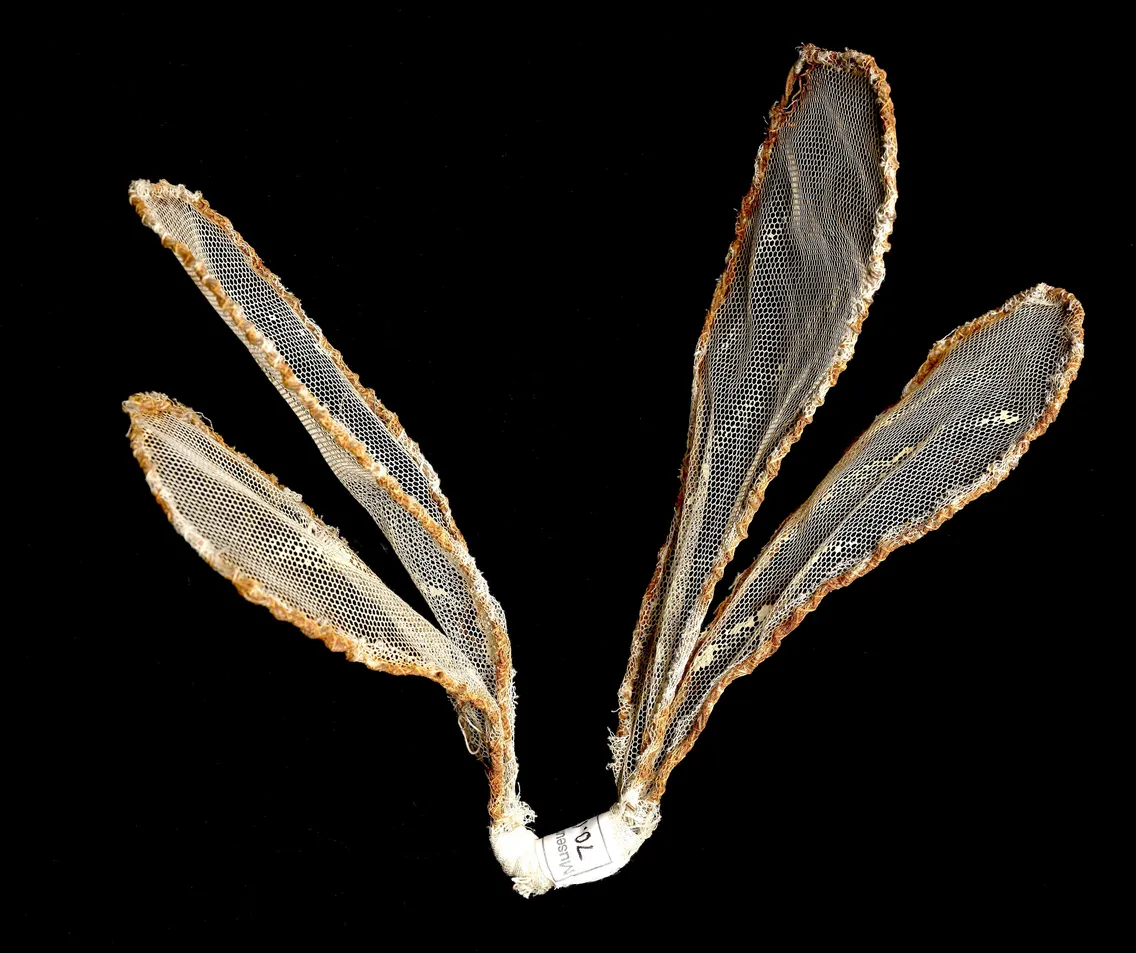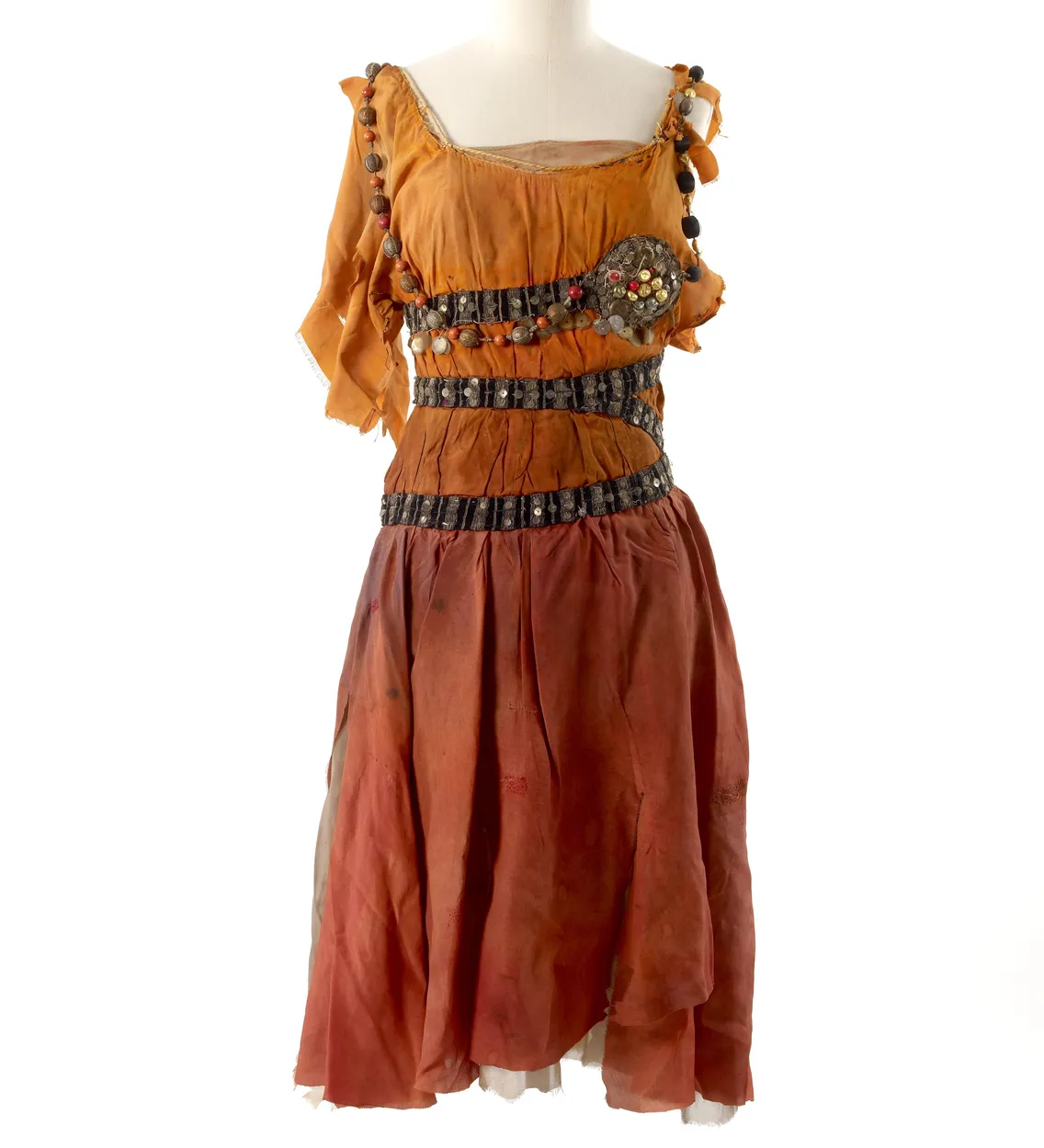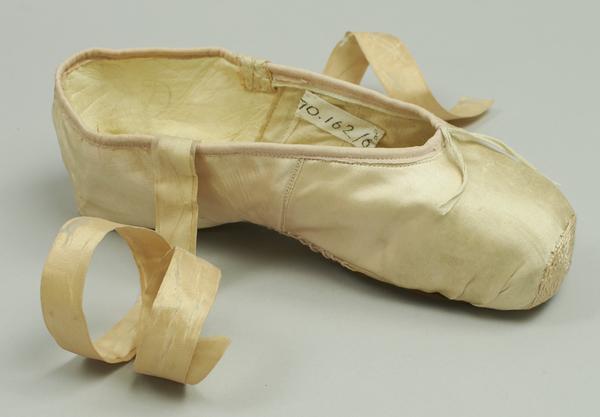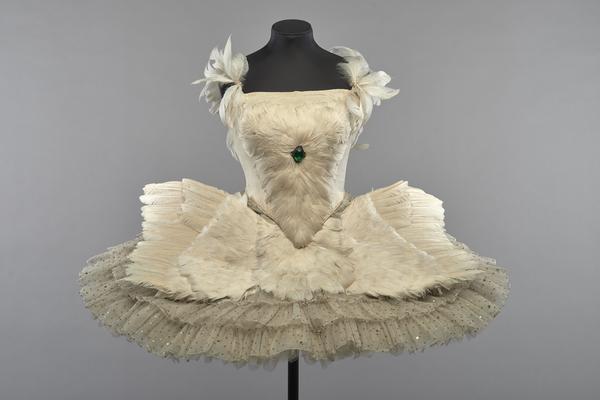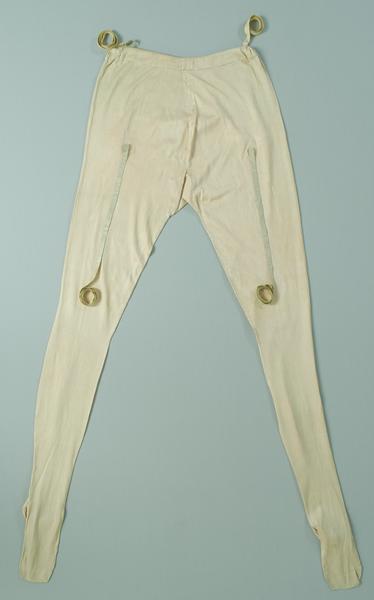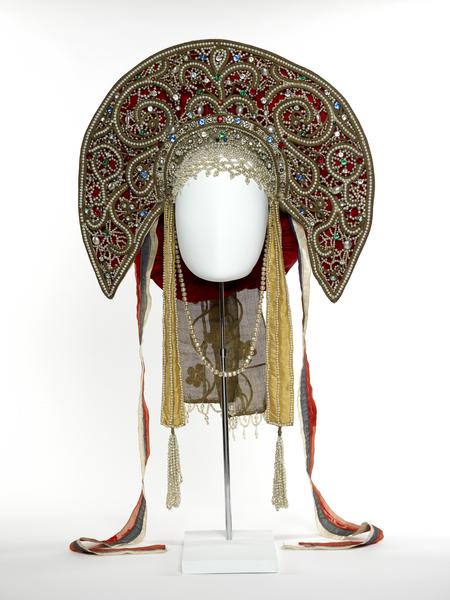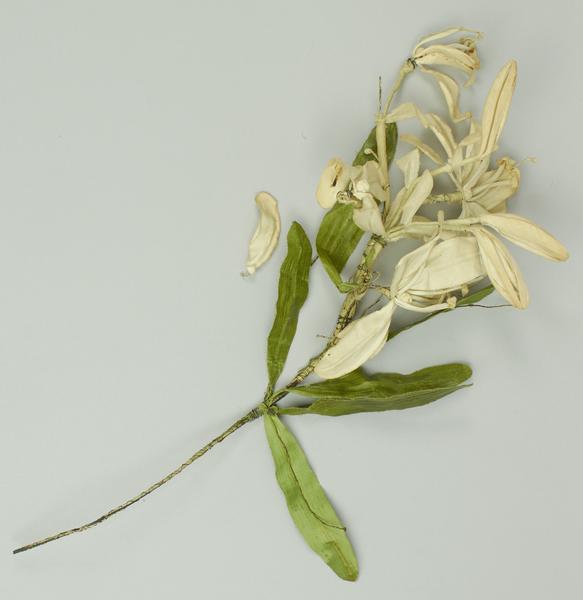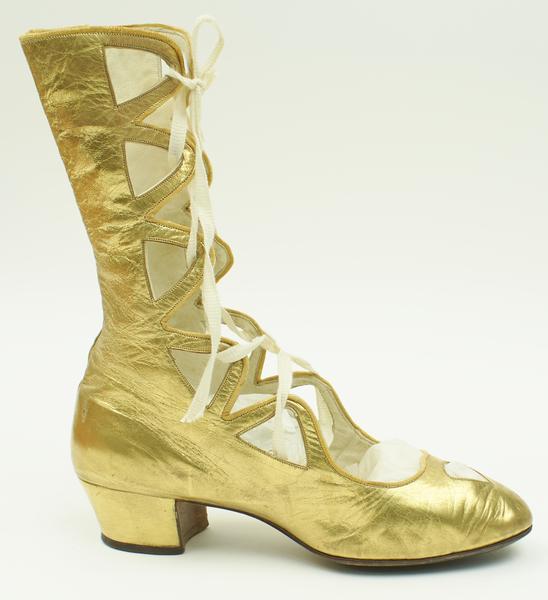Anna Pavlova’s ballet costumes
The Russian-born prima ballerina brought ballet to all parts of the world. Through the costumes she wore onstage, Anna Pavlova crafted the ideal of the delicate but dramatic dancer.
1881–1931
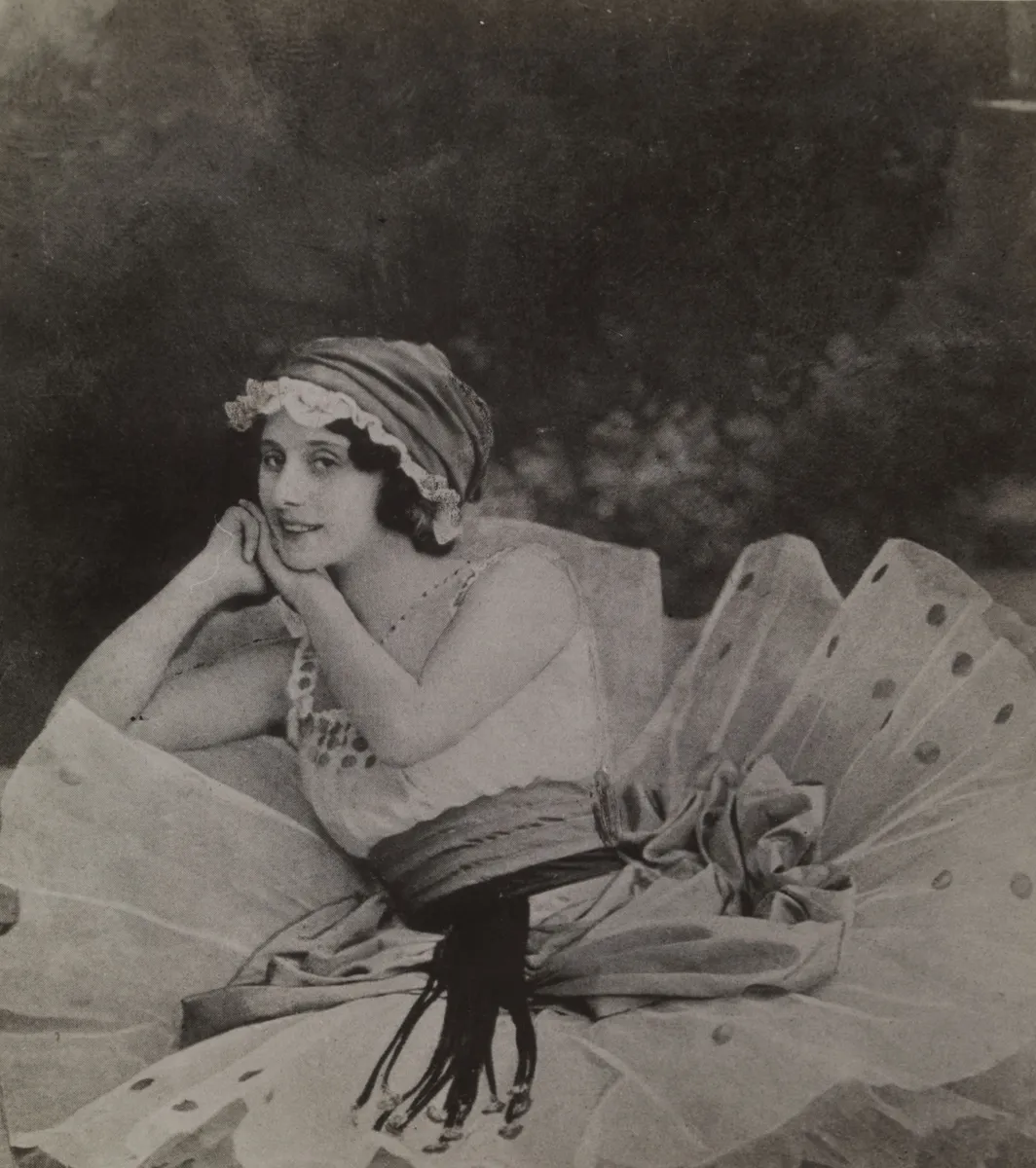
The onstage style of one of ballet’s biggest stars
Anna Pavlova brought emotion into ballet. Developing an intensely expressive form of movement, she often fell into a kind of trance as she danced and would move her audiences to tears.
The costumes she wore contributed to this onstage fantasy. They facilitated the graceful, controlled poetry of her movement. And visually, they helped tell the ballet’s story.
A dress for the 'Russian Dance'
Pavlova’s Russian-ness was central to her image. This is an elaborate Russian sarafan, a traditional type of Russian dress that’s long and trapeze-shaped. It was designed by Russian stage designer Ivan Bilibine. She wore this to dance to composer Pyotr Ilyich Tchaikovsky’s Russian Dance in her first London appearance in 1909. It must have been quite a challenge, given how heavy the costume is.
'The Swan'
The Swan, later known as The Dying Swan, was one of Pavlova’s signature dances. Choreographed by fellow Russian Mikhail Folkine, this short ballet was first presented in St Petersburg in 1905. It’s thought she performed The Swan at least a further 4,000 times.
This tutu is one of only three swan costumes known to have survived. The costume is decorated with sequins and goose feathers, which form ‘wings’ at the back. It probably dates from the late 1920s.
Boots made for dancing
Pavlova wore these gold boots in Gavotte Pavlova, a duet dance choreographed by Ivan Clustine in 1913 to Paul Lincke’s Glow Worm. They were paired with a gold Empire line dress and a bonnet. She also performed Gavotte Pavlova at the Golders Green Hippodrome in 1930 – her last season in London.
'Christmas' in New York, 1916
Pavlova designed this flower-adorned dress and pink silk cloak for her popular divertissement (short ballet) Christmas. It was choreographed to the December waltz from Tchaikovsky’s The Seasons. The dance is as playful as the dress: Pavlova attends a Christmas party and flirts with men who give her gifts.
The romantic, tragic 'Giselle'
This 1920s silk chiffon dress was probably worn in Act II of Giselle, a ballet in which a peasant girl falls in love with a Duke, but dies of a broken heart. She first danced as Giselle in 1903, four years after graduating ballet school, and continued to throughout her career.
The wire net wings might have also been worn by Pavlova in Giselle, Act II. In this part of the ballet, Giselle – who died from heartbreak in Act I – enters the realm of the supernatural. She’s transformed into a Wili, ghosts who lure men to dance until they die.
The one-act ballet 'Amarilla'
This silk Grecian-style costume was made for Pavlova for the role of Amarilla. It was first performed in 1912, but was a staple of Pavlova’s dance company’s repertoire until her death in 1931. This is probably from their 1920 rework of the ballet.
Her tambourine prop is also in our collection.
London Museum has significant collection of Pavlova’s costumes that includes dresses, tutus, headpieces and pointe shoes.


